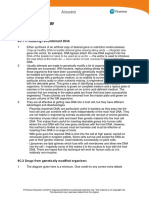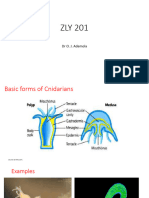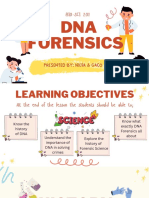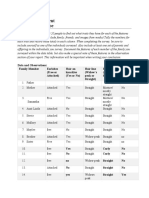0% found this document useful (0 votes)
44 views6 pagesBiology Pre-Board Answer Key
Pb 1 marking scheme
Uploaded by
pkrishaasreeCopyright
© © All Rights Reserved
We take content rights seriously. If you suspect this is your content, claim it here.
Available Formats
Download as DOCX, PDF, TXT or read online on Scribd
0% found this document useful (0 votes)
44 views6 pagesBiology Pre-Board Answer Key
Pb 1 marking scheme
Uploaded by
pkrishaasreeCopyright
© © All Rights Reserved
We take content rights seriously. If you suspect this is your content, claim it here.
Available Formats
Download as DOCX, PDF, TXT or read online on Scribd
/ 6






















































































